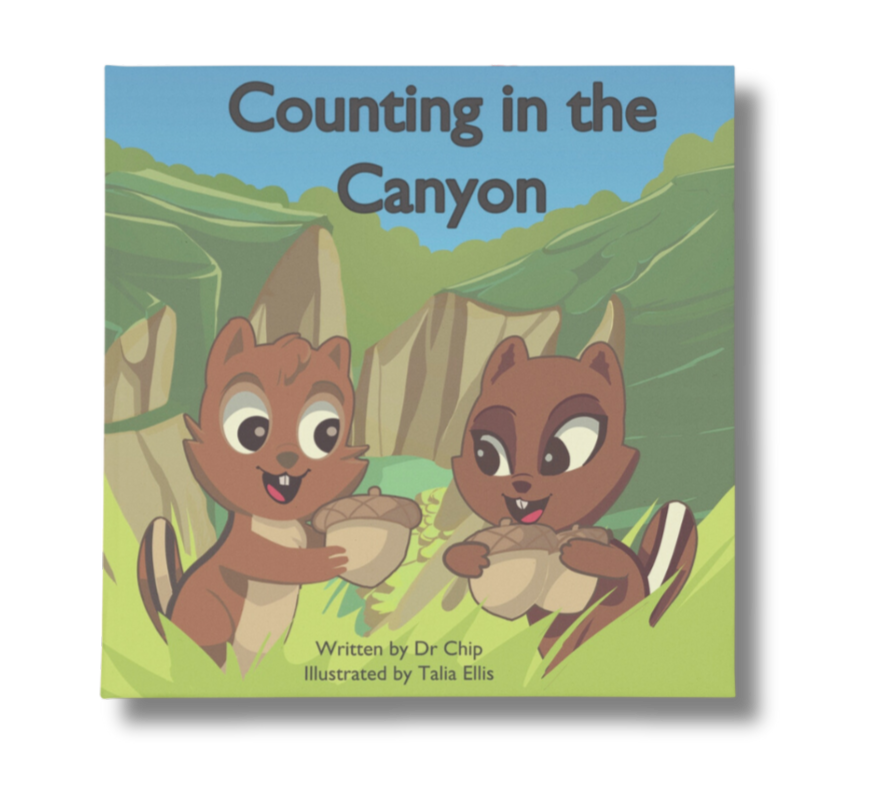Your basket is empty
Already have an account? Log in to check out faster.
Already have an account? Log in to check out faster.

Have you ever noticed how a child's eyes light up when they discover a tiny ladybug crawling along a leaf or spot a uniquely shaped cloud drifting overhead? Nature offers an endless canvas of wonder that sparks curiosity and imagination in ways screens simply cannot. By taking regular nature walks with your little ones, you're not just enjoying fresh air and exercise—you're gathering precious story seeds that can blossom into magical storytelling moments when you return home.

Children are natural storytellers, and the outdoors is the perfect stimulus for their budding narrative abilities. Every pinecone, unusual rock, or fluttering butterfly becomes a character or prop in their evolving stories. This connection between nature and narrative isn't coincidental—it's deeply rooted in human development and how children make sense of their world.
Before you can cultivate stories at home, you need to collect inspirational elements during your outdoor adventures:
Encourage your little ones to be story detectives on your walks. What unusual items can they spot? Perhaps a feather that might have belonged to a magical bird, or interesting pebbles that could be ancient fairy coins. These physical objects become tangible connections to the stories you'll create together later.
As you stroll through natural settings, pose gentle wonder questions: "I wonder who might live in that hollow tree?" or "I wonder where that trail of ants is heading?" These open-ended questions plant seeds of curiosity that often sprout into elaborate tales once you're back home.
Stories become richer when they incorporate sensory details. Guide your child to notice not just what they see, but what they hear, smell, feel, and (when appropriate) taste during your nature expedition. "Remember that crunch of leaves under our feet? How might we describe that sound in our story?"

Once you've returned from your adventure with pockets full of natural treasures and minds brimming with fresh observations, try these approaches to transform your discoveries into stories:
Create a special "nature table" where treasures from your walks can be displayed. This collection—perhaps featuring interesting stones, pressed leaves, or pinecones—becomes a visual prompt for storytelling. Gather around this table and let each item inspire a portion of your collaborative tale.
Take one interesting discovery from your walk—perhaps an unusually shaped stick or a glimpse of a woodland creature—and begin a story with "What if...?" What if that twisted branch was actually a wizard's wand? What if that squirrel was collecting acorns to build a tiny village? These hypothetical questions open doorways to imaginative realms.
Keep a simple nature journal where your child can draw pictures of their discoveries and dictate or write simple observations. Later, these journal entries can become the foundation for more elaborate stories. "Remember that butterfly we saw and drew in our journal? Let's create a story about where it was flying to!"
To fully benefit from the nature-storytelling connection, consider establishing these simple routines:
Make storytelling a regular part of your post-nature walk ritual, perhaps with a special snack and comfortable cushions. This consistent practice signals to children that their observations and imaginations are valued and worth sharing.
Incorporate elements from your day's outdoor adventures into bedtime stories. "Let's make up a story about what those birds we saw today might be doing now that it's nighttime." This approach connects the day's real experiences with the comfort of bedtime storytelling.
Start a collection of your child's nature-inspired stories. Whether you record them in a special notebook, type them on a computer, or use a voice recording app, preserving these tales honors your child's creativity and creates a memorable keepsake of their developing imagination.
When you're not able to venture outdoors, nature-themed books like "A New Home for Timothy Acorn" become perfect bridges between previous outdoor experiences and ongoing storytelling development:
After reading a nature story together, invite your child to compare it with your own outdoor adventures: "Timothy Acorn found a new home in the forest. What homes for animals did we spot on our nature walk yesterday?"
Use nature books as starting points for your own extended narratives. After reading "A New Home for Timothy Acorn," you might ask, "I wonder what other forest friends Timothy might meet in his new neighborhood? Shall we create that story together?"
Help your child notice how different environments featured in books compare to your local natural spaces. This builds geographical awareness and adaptability in their storytelling abilities.
Explore our free coloring pages!
The simple act of walking outdoors with your child while engaging their senses and curiosity creates a powerful foundation for storytelling. As you collect natural treasures, observe seasonal changes, and share moments of wonder together, you're providing the essential ingredients for narrative development. These nature-inspired stories do more than entertain—they strengthen language skills, build confidence, and deepen your child's connection to the natural world.
Enhance your nature-inspired storytelling adventures with our beautifully illustrated books, including "A New Home for Timothy Acorn." These stories complement your outdoor experiences, providing rich vocabulary and engaging narratives that celebrate the natural world your child is discovering. Perfect for continuing the magic of your nature walks when you return to the comfort of home.

